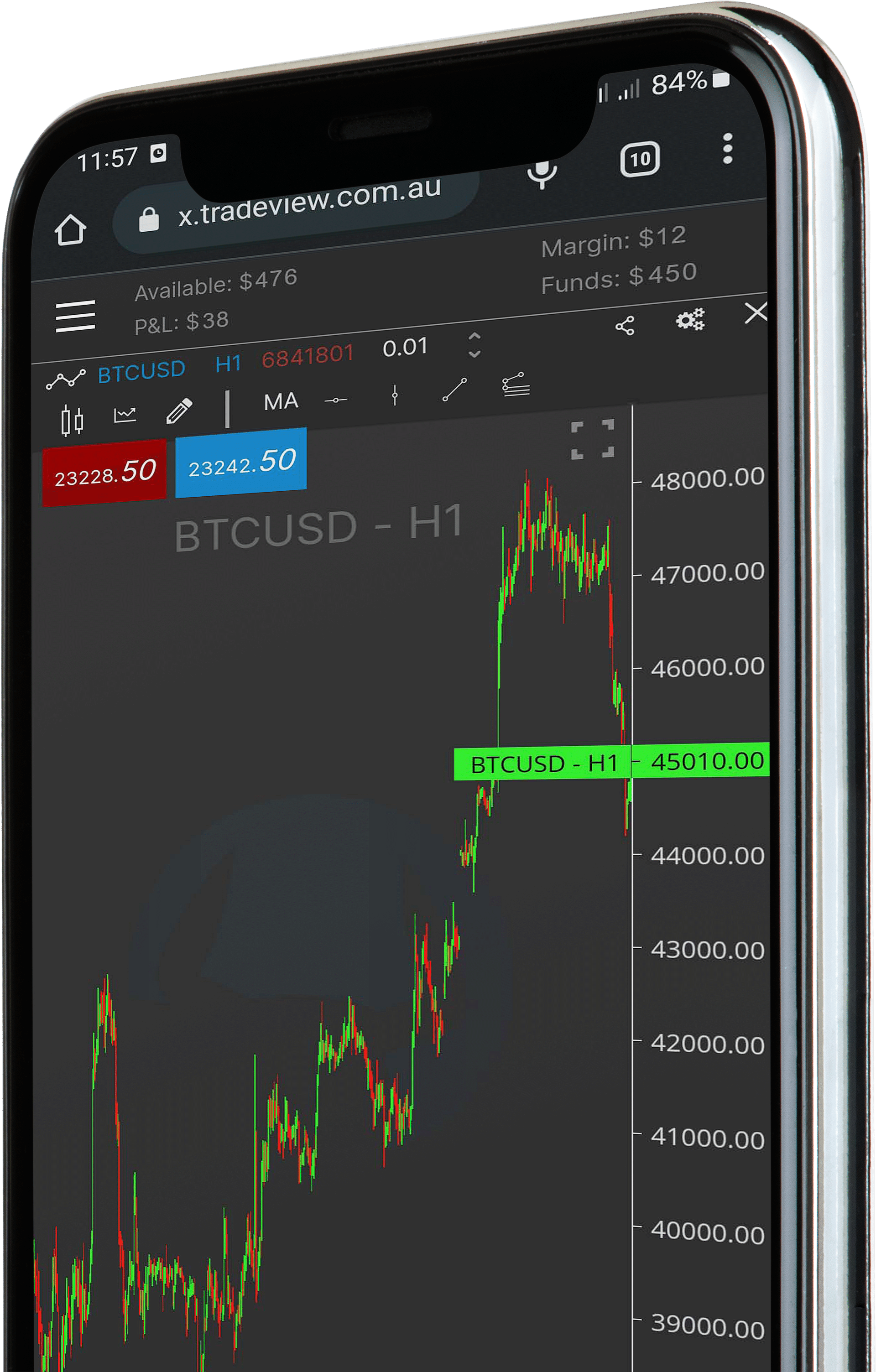Hi Traders,
In this episode, our Trader Rey will walk through the characteristics of the Accelerator Indicator and show you how to use this to identify trend direction and automate it for your trading.
Successful trading in the financial markets often relies on identifying and confirming the direction of market trends. Traders employ various technical indicators to gain insights into market dynamics and make informed decisions.
In this Trading Talk Rey will explore the accelerator indicator, a versatile tool that helps confirm trend direction. He will also delve into what the accelerator indicator is and provide a few examples of how it can be effectively used in trading strategies and Algo trading.
Understanding the Accelerator Indicator
The accelerator indicator is a technical analysis tool developed by Bill Williams, a renowned trader and author. It is part of his broader trading system known as the “Profitunity Trading System.” The accelerator oscillator measures the acceleration or deceleration of the current market momentum.
It assists traders in determining the strength of a trend and potential trend reversals.
The accelerator oscillator comprises two lines: the green line (also referred to as the “ac” line) and the red line (also known as the “ac1” line). The green line measures the absolute difference between the current and previous midpoint price, while the red line calculates the absolute difference between the current and previous midpoint price divided by a specific moving average.
By analyzing the interaction between the green and red lines, traders can identify the momentum and strength of a trend, as well as potential turning points in the market.

Example 1: Confirming an Uptrend with the Accelerator Indicator
Let’s consider an example of using the accelerator indicator to confirm an uptrend:
- Identify an uptrend: Analyze the price chart and identify a series of higher highs and higher lows, indicating an upward trend.
- Check the accelerator indicator: Observe the interaction between the green and red lines of the accelerator indicator. During an uptrend, the green line should be consistently above the red line, indicating positive momentum.
- Confirming entry points: Look for potential entry points when the green line of the accelerator indicator pulls back temporarily and crosses below the red line before resuming its upward movement. This indicates a short-term correction or consolidation within the broader uptrend, presenting an opportunity to enter or add to positions.
Example 2: Confirming a Downtrend with the Accelerator Indicator:
Now, let’s explore how the accelerator indicator can be used to confirm a downtrend:
- Identify a downtrend: Analyze the price chart and spot a series of lower highs and lower lows, indicating a downward trend.
- Check the accelerator indicator: During a downtrend, the green line should remain consistently below the red line, signaling negative momentum.
- Identifying entry points: Look for potential entry points when the green line of the accelerator indicator temporarily bounces back and crosses above the red line before resuming its downward movement. This suggests a short-term corrective rally or consolidation within the broader downtrend, offering an opportunity to enter or add to short positions.
If you would like to learn more about creating automated trading strategies check out the Trading Talk series which has a new episode each week with different topics and concepts on popular automated trading strategies.
Why wait? Get started today. Sign up for an account today with the Tradeview Forex broker www.tradeview.tech and start creating your own automation.





